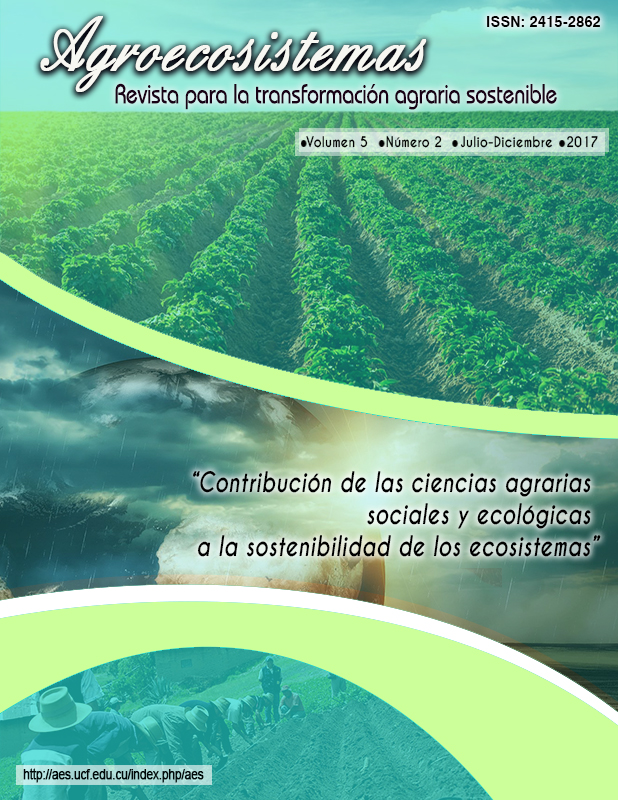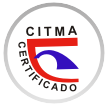Control de Peregrinus maidis Ashm. en el cultivo del maíz zea mays L. mediante la utilización de hongos entomopatógenos
Abstract
El objetivo de la investigación fue evaluar el efecto de dos hongos entomopatógenos, Beauveria bassiana Back. y Lecanicillium lecanii Zimm, a las dosis de 1,00 y 1,25 Kg/ha-1, respectivamente, para el control de Peregrinus maidis Ashm., en el cultivo del maíz (Zea mays L). Para ello se trabajó con un testigo sin tratamiento y un testigo con tratamiento químico (Methil Parathión) a 0,6 lts/ha. Se utilizó un diseño de bloques al azar con cuatro réplicas, y se evaluaron en 25 plantas por parcela, la dinámica poblacional de las plagas y los biorreguladores mediante muestreos semanales durante cuatro semanas. En las dos aplicaciones realizadas los hongos entomopatógenos disminuyeron significativamente la población de la plaga con respecto a la población inicial y al testigo. De los tratamientos entomopatogenos estudiados, la mejor variante resultó la aplicación de la B. bassiana, que logró en todos los casos una mayor reducción de los niveles poblacionales de la plaga, así como el mayor porcentaje de efectividad; L. Lecanni, mostró también un control efectivo del insecto y alta efectividad técnica. El tratamiento químico, aunque presenta los mejores resultados respecto al control de la plaga, no es la mejor variante, pues afecta los insectos benéficos presentes.
Palabras clave:
Saltahoja, bioplaguicidas, alternativas biológicas
ABSTRACT
The objective of the investigation was to evaluate the effect of two entomopathogenic mushrooms, Beauveria bassiana Back. and Lecanicillium lecanii Zimm. to the doses of 1.00 and 1.25 Kg. / ha-1. respectively. Comparing with a witness without treatment and a witness with chemical treatment (Methil Parathión) to 0.6 lts/ha for the control of Peregrinus maidis Ashm., in the cultivation of the corn (Zea mays L). a design of Blocks was used at random with 4 replicas being evaluated in 25 plants by parcel the population dynamics of the plagues and the bio regulators in weekly samplings during four weeks. In the two carried out applications the entomopathogenic mushrooms diminished the population of the plague significantly with regard to the initial population and to the witness. Among the entomopathogenic treatments studied, the best variant was the application of the B. bassiana showing in all the cases a bigger reduction of the population levels of the plague as well as the biggest percentage of effectiveness, L. Lecanni, also showed an effective control of the insect and high technical effectiveness. The chemical treatment, although presents the best results regarding the control of the plague, it is not the best variant because it affects the present beneficent insects.
Keywords:
Leafhopper, biopesticides, biological alternatives
Downloads
Published
How to Cite
Issue
Section
License
La editorial "Universo Sur", de la Universidad de Cienfuegos, publica el contenido de la Revista Científica Agroecosistemas bajo una Licencia Creative Commons Atribución-NoComercial-SinDerivar 4.0 Internacional.
© Podrá reproducirse, de forma parcial o total, el contenido de esta publicación, siempre que se haga de forma literal y se mencione la fuente.






